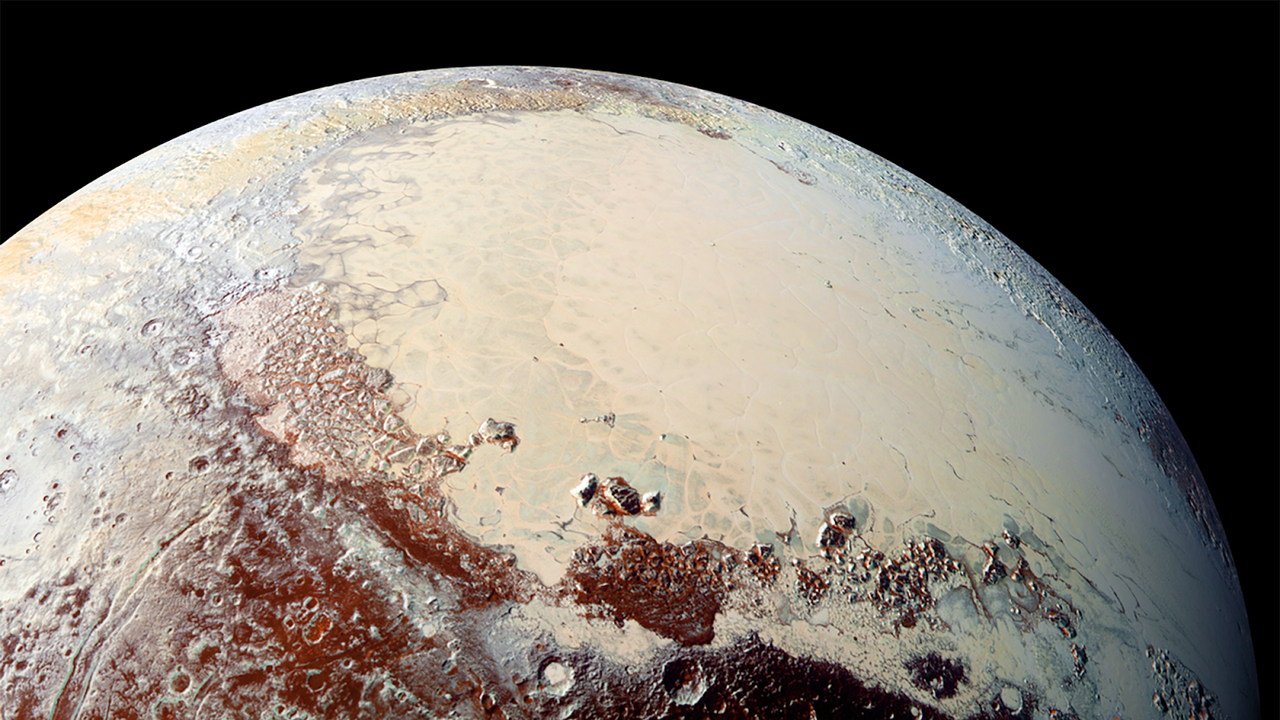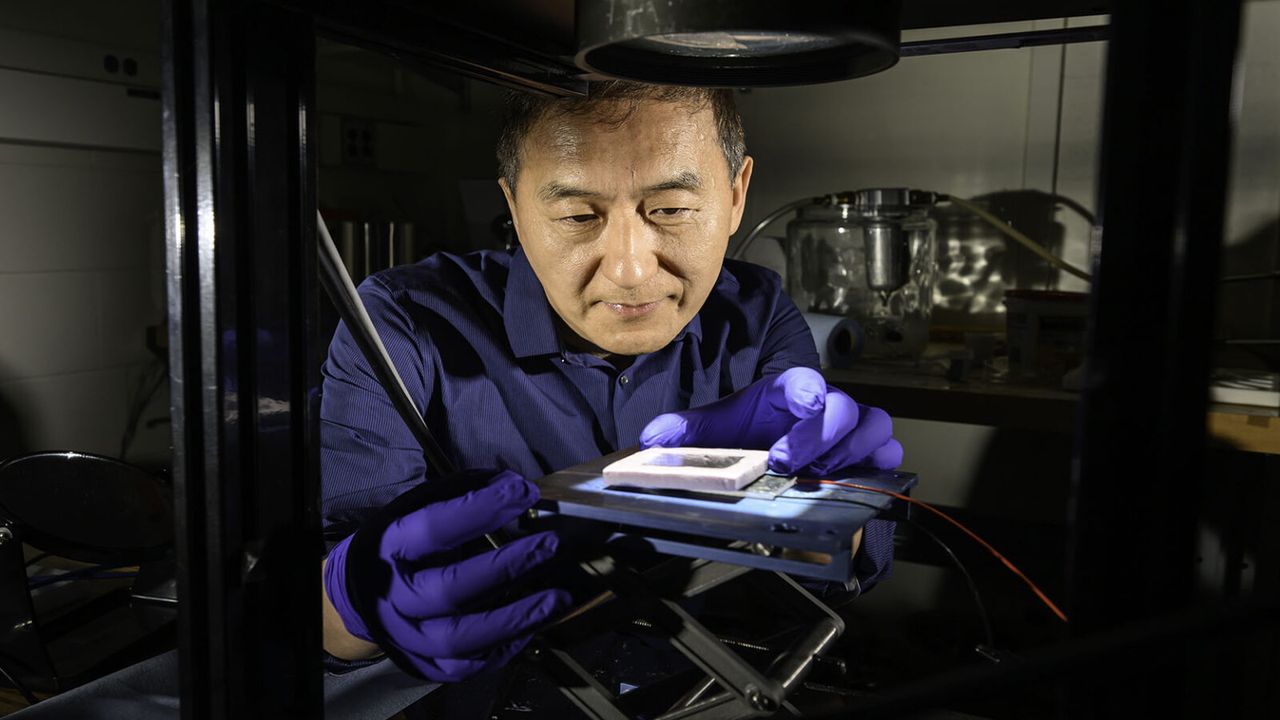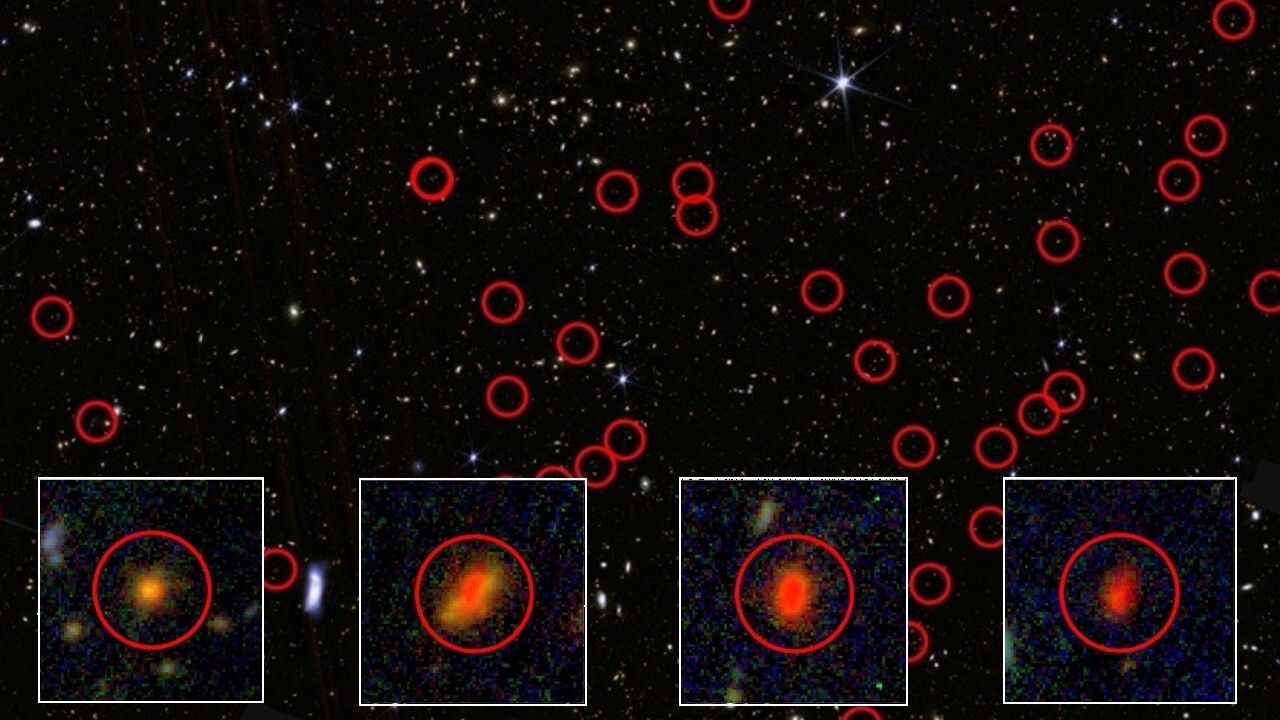Now Reading: New Pluto Mission Could Reveal Hidden Ocean Beneath Its Surface
-
01
New Pluto Mission Could Reveal Hidden Ocean Beneath Its Surface
New Pluto Mission Could Reveal Hidden Ocean Beneath Its Surface

speedy Summary
- NASA’s New Horizons spacecraft studied Pluto during its 2015 flyby,revealing geological processes,potential subsurface oceans,and a thin atmosphere.
- Scientists propose the Persephone mission too return to Pluto with 11 instruments for intensive study over three years in orbit.Key goals include answering whether Pluto harbors a subsurface ocean today.
- the mission concept includes examining Pluto’s surface features, atmosphere composition, and moons such as charon and Styx. It would assess phenomena like atmospheric transfer between Pluto and Charon.
- Persephone’s launch timeline is set between 2029-2032. Challenges involve long duration (possibly exceeding 50 years), reliance on scarce plutonium-based RTGs for power, an estimated $3 billion cost, and multi-generational staffing across decades.
- Instruments onboard would analyse surface details under extreme darkness due to seasonal conditions on Pluto while investigating geological activity like eruptions or hotspots.
!Pluto’s surface
Image Credit: NASA/Johns Hopkins University Applied Physics Laboratory/Southwest Research Institute
!Illustration of Pluto & Charon
image Credit: NASA/Robert Lea (created with Canva)
!Kerberos Moon Image
Image Credit: NASA/Johns Hopkins University Applied Physics Laboratory/southwest Research Institute
Indian Opinion Analysis
The proposed Persephone mission underscores the complexity of studying distant icy worlds like Pluto while showcasing human innovation in planetary exploration. Scientifically important questions persist about geological activity and hydrological cycles in extreme environments that challenge preconceived notions about dwarf planets’ capabilities.
For India’s burgeoning space sector led by ISRO, such enterprising missions highlight several considerations:
- Long-term vision: With multi-decade planning required for outer solar system missions like Persephone, India could explore similar developmental trajectories given recent successes such as Chandrayaan or Mangalyaan programs.
- Technology demands: Specialized nuclear batteries (RTGs) underpin long-duration space missions-a technology India currently does not possess but might strategically invest in cooperation with global partners.
- Global collaborations: Learning from international flagship-scale undertakings offers valuable insight into funding approaches that marry cutting-edge science objectives with pragmatic execution spanning generations.
The mission’s staggering timeline highlights how committed foresight informs humanity’s quest for cosmic knowledge-a lesson resonant among nations contributing to the shared tapestry of space exploration endeavors worldwide which could inspire future Indian aims outward-bound toward celestial frontier expansions even within Kuiper objects zones ultimately stimulating indigenous deep-paced navigation initiatives foundationally overall-tech enabled aligned optimistically refined expertise exchange cutting robust meaningful scales ahead systemic impactful strengthen cooperately adaptive integration pathways seeds R&D-directed testbed nurture
























